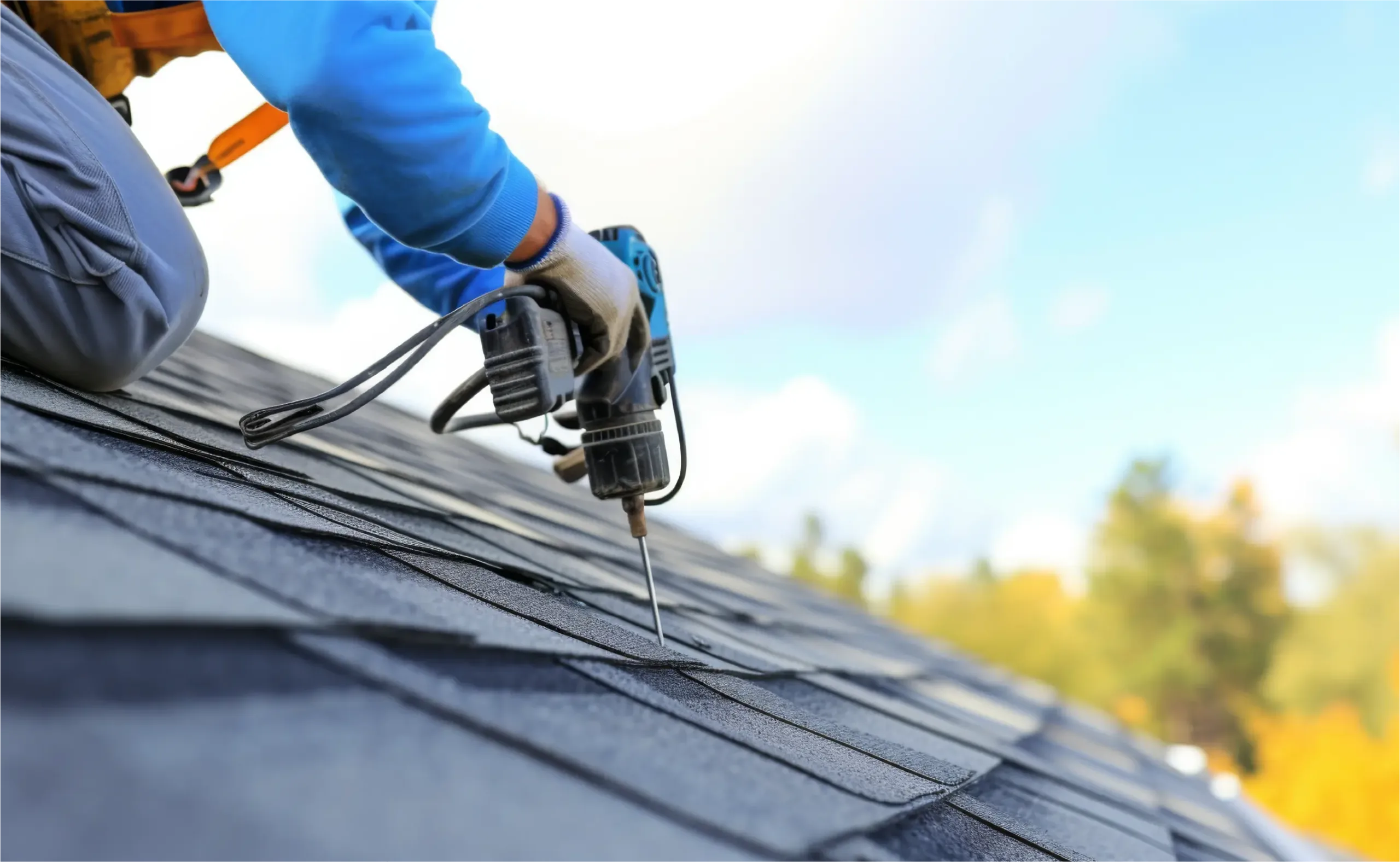A well-maintained roof is key if you want to protect your home from the elements, safeguard your belongings and family, and ensure the structural integrity of your property. Neglecting regular maintenance often results in costly repairs and even premature roof replacement. Fortunately, you can do your part to extend the life of your roof by engaging in routine maintenance year round, backed by the expertise of a trusted Bay Area roofer.
Check out these tips for seasonal roof maintenance tips that will keep your roof in tip-top shape all year round.
Spring
In spring, it’s time to assess any damage that may have been inflicted by winter weather. Dampness, fog, and cool temperatures can compromise even the highest quality roofing materials, and can result in leaks or structural issues.
- Visually inspect the property: Take a walk around your home and check out the condition of your exteriors. Check for missing shingles, sagging areas, or signs of water damage. Use binoculars so you don’t have to climb a ladder.
- Check gutters and downspouts: Scoop out debris from your gutters, as clogs compromise the free flow of water off your roof and through the downspouts. This can result in backup of water, shingle damage, structural damage, and leaks.
- Clear debris from roof: Remove any debris on the roof, such as branches, leaves, acorns, or pine needles so moisture doesn’t get trapped and lead to mold, mildew, or rot.
- Inspect flashing and seals: Take a look at the flashing and seals around vents, chimneys, and skylights for cracks or deterioration.
Summer
Summer is a time to reinforce your roof and prepare for storms. You need to safeguard your roof against the intense heat and summer storms that Mother Nature will throw your way for the next several months.
- Inspect for UV damage: Check your roof for signs of damage due to prolonged exposure to the sun, such as brittle shingles, curled shingles, or faded colors.
- Ensure Proper Ventilation: Head up to the attic to ensure hot air can escape easily. Warped shingles and higher energy costs can result from poor ventilation.
- Trim overhanging trees: Trim back branches that could be hanging onto your roof, as they can drop debris, scrape shingles, and allow pests to easily access your home.
- Reinforce weak spots: Weak areas such as loose shingles or deteriorated flashing can be vulnerable to wind or water infiltration during summer thunderstorms.
Fall
With cooler air on the way, fall is a good time to fortify your roof before winter gets here.
- Clean the gutters: You did it in spring, now it’s time to do it once again to ensure proper drainage from fall rains.
Look for shingle damage: Check for loose or missing shingles and replace them before winter. - Check Insulation: Proper insulation will keep your energy bills low because it keeps warm air in and cold air out.
- Seal Entry Points: To prevent pests from seeking warmth in the fall, and to prevent energy leakage, seal gaps around vents, chimneys, and flashing.
Winter
This is a season to monitor and minimize risks to your roof. Because harsh conditions can make repairs difficult, this should be a time to minimize risks and identify problems early.
- Check for corrosion: Due to the region’s mix of coastal salt air, moisture, and urban pollution, you should check for signs of corrosion on metal flashing, gutters, or fasteners.
- Check for leaks: The Bay Area may not typically get snow, but heavy rains are a constant possibility in this region during winter. Check your attic and ceilings for signs of water damage, such as drips, stains, and mold.
- Don’t walk on the roof: Don’t walk on your roof, especially in winter when slippery conditions could exist. Even in an emergency, it’s better to call a professional roofer in the Bay Area to handle these jobs because they come equipped with all the right tools to do it safely.
General Maintenance Tips: All Year Round
On top of the above seasonal tasks, here’s what you can do throughout the year to ensure your roof remains in optimal condition.
- Schedule regular inspections: Hire a roofer to perform regular inspections at least once a year to identify issues early and address them before they can worsen.
- Note your roof’s condition: Be sure to keep a detailed record of all maintenance, repairs, and inspections for warranty claims and resale purposes.
- Know how old your roof is: This will help you anticipate when major repairs or replacements may be needed, taking the guesswork out of homeownership.
As your home’s first line of defense against the elements, your roof requires consistent, dedicated care just like any of your other exteriors. From inspecting your roof after a nasty storm to clearing gutters in spring and fall, you can do your part to keep your roof in good overall health.






